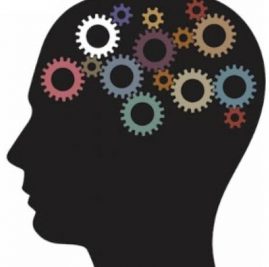Shyness is an emotional state that is characterized by fixation and increased worry about being negatively evaluated by others in social situations. Common characteristics of shyness include feeling uncomfortable and/or hesitant to engage in social situations, especially in unfamiliar situations or with unfamiliar people. Everyone experiences shyness at times, no matter if they are an adult or child. However, feeling shy will vary from person to person. Some people, for instance, may experience physical symptoms of worry (e.g., racing heart, sweatiness). Additionally, people will demonstrate varying levels of shyness, less or more compared to their peers. When the worry and discomfort become too much, the child or adult may be experiencing Social Anxiety Disorder. The notable difference between shyness and social anxiety is the impairment to the person’s ability to engage in daily activities.
Generally, Social Anxiety Disorder (SAD) is a chronic disorder that is associated with extreme fears of social situations, such as giving a speech (American Psychiatric Association, 2013). This fear is guided by the fear of negative evaluation and/or rejection from peers (Kashdan & Herbert, 2001; Chavira & Stein, 2005). Adults diagnosed with SAD often report this fear from childhood (Kashdan & Herbert, 2001; Chavira & Stein, 2005). These researchers state that SAD is often unidentified in childhood, due to minimization of symptoms and/or the child is successful in remaining under adults’ radars.
Treatment options may include psychopharmacology, behavioral therapy, and Cognitive Behavioral Therapy (CBT). Social Effectiveness Therapy for Children (SET-C) is a behavioral modality that contains interventions to address the multiple facets of SAD. The goals of SET-C include: decreasing anxiety and fear reaction to social situations, increasing social interaction and participation, and increasing functional social skills to increase the quality of social interactions and self-efficacy (Beidel, Turner, & Morris, 2000). CBT interventions for SAD can vary. Treatment could be individual or group therapy, include the family or focus on the child, or designed for SAD or designed for anxiety disorders in general. Despite variations, all of the CBT programs contain the same core components, which include psychoeducation, exposure, and skills building (Kashdan & Herbert, 2001).
If you are someone you know is experiencing increased anxiety related to social situations and/or having difficulties completing required daily activities due to the anxiety, then call us at Intercommunity Action to explore ways we can help!
Author: Melanie Levitt, M.A.

